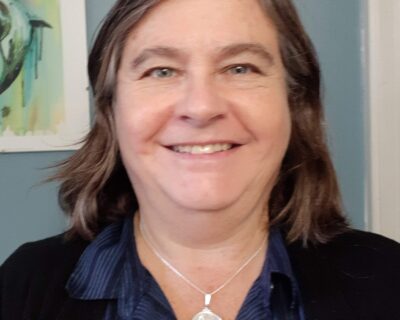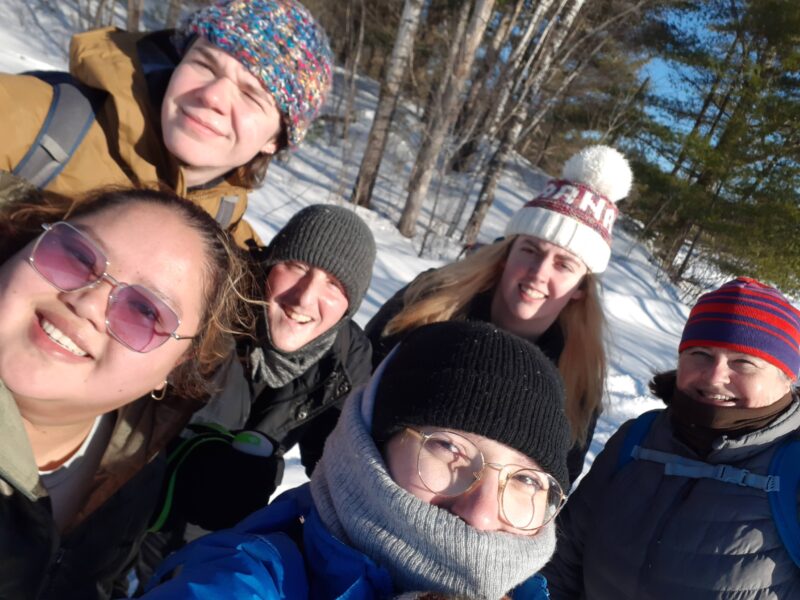Helping prepare students to face real life situations
To kick off her Intercollegiate Ped Day workshop on Jan. 14, Heather Martin, a Dawson teacher in the Community, Recreation and Leadership Training program, posted an activity on a slide with only minimal instructions – “Can you solve these visual puzzles?”.
“Some people look at it and think ‘I can’t do this’ and others feel ‘I’ve got this,’ ” Heather said.
Building the belief that “I’ve got this” was the subject of Heather’s research paper for her Master of Education in College Teaching degree with the Performa program from Université de Sherbrooke. The belief that you can achieve your goals, or self-efficacy, was the focus of her research paper and IPD workshop.
In her study, Heather reviewed the impact of authentic assessments on self-efficacy and how this contributed to students’ preparedness to lead. Results highlighted the difference between being prepared to lead an activity and being prepared as a recreation activity leader.
Improving adaptability
The intention of the workshop was to help educators understand how using authentic in-class activities can build preparatory self-efficacy. In turn, self-efficacy increases self-confidence, reduces anxiety, and improves adaptability in students when they are placed in real-world situations, including fieldwork placements.
In the more than two decades she has been teaching, Heather has noticed that students have shifted to being less resourceful. “In CRLT, we train students to be recreation and community leaders. Our students learn how to plan other people’s fun,” she said.
Heather and colleagues have noticed that some students don’t respond as effectively in situations outside the classroom. “Students who have shown competence in the classroom are challenged in some real-world applications,” she said. “They are less sure of themselves; they can’t pivot and adapt to changing circumstances like they used to” she explained.
Shifting to an “I can adapt” attitude
What the teachers in CRLT are working towards is to help their students build their self-efficacy and have a frame of mind that “I can adapt. I am prepared enough that I can adapt.”
Heather likes to invite students and teachers to think about “finding the windows and doors when something challenges you. See a challenge as an opportunity not as a barrier.”
“Teachers cannot assume that students can figure things out. It is a competency that must be taught,” she said.
Heather has found success using the backwards design approach introduced by Wiggins and McTighe: “Begin with the question: what do they need to know and be able to do when they leave my class? How can I assess this and then teach to that assessment. This can mean bringing some of those real-world challenges into our classroom activities and letting them experience potential failure in the classroom with no impact on grades or clients.” She has found that formative activities with grades based on participation and reflection rather than performance can enable this.
Becoming comfortable in the field
In CRLT, she needs her students to be comfortable leading an activity no matter what is thrown at them. For example, if they were set to teach a traditional yoga class and arrive to find a group where several people have reduced mobility, they need to pivot to a new approach and adjust to adapted chair yoga, she said.
From her Performa class interactions, she has learned that the challenges CRLT teachers and students face preparing for the reality outside the classroom can be found in many other programs. “The emerging adult cohort is bringing this new reality and a different perspective. Our responsibility as teachers is to adapt to meet their needs,” she said. “What will they encounter out there and how can we help to prepare them for success?”




